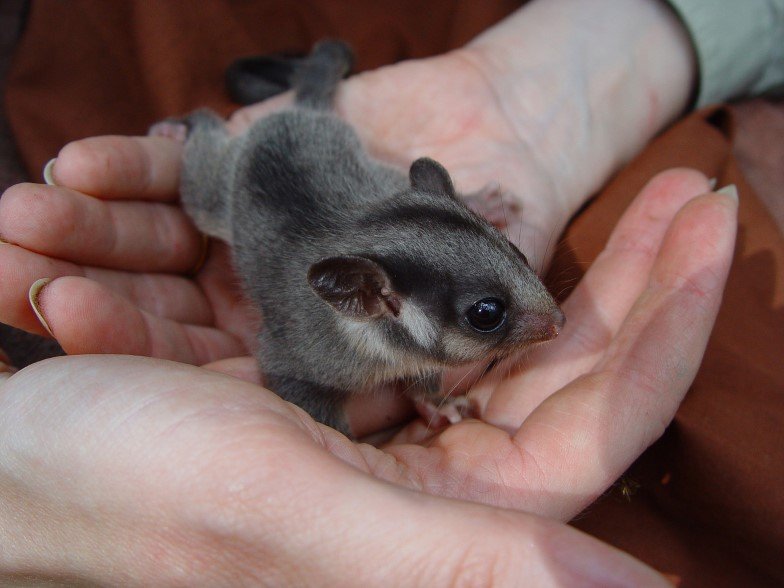An invasive species is a species occurring, as a result of human activities, beyond its accepted normal distribution and which threatens valued environmental, agricultural or other social resources by the damage it causes.
Invasive species have a major impact on Australia's environment, threatening our unique biodiversity and reducing overall species abundance and diversity.
Invasive species include:



